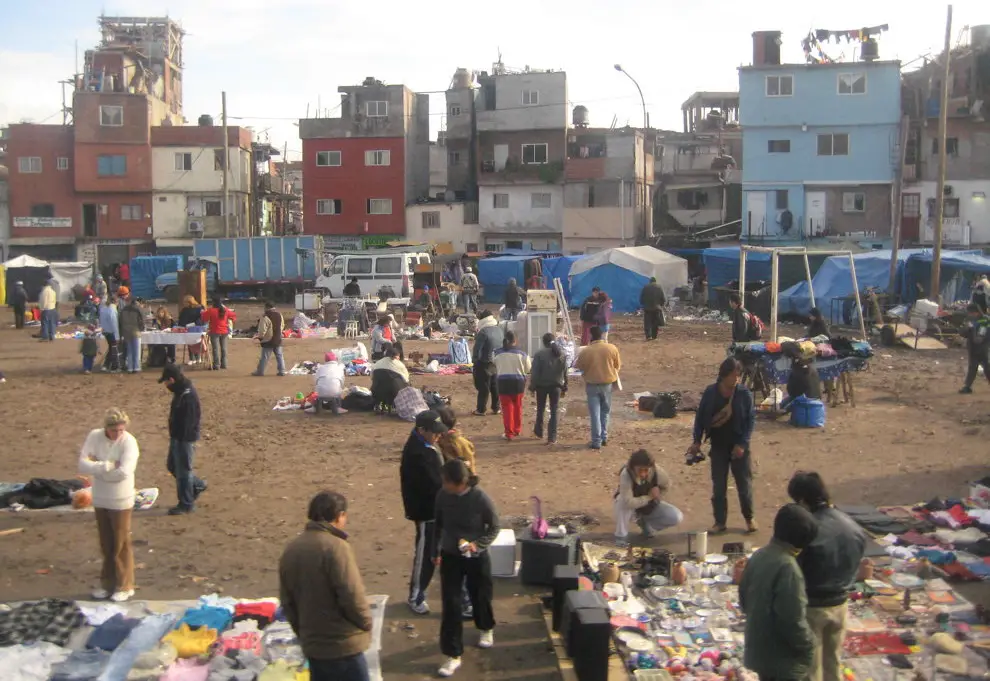Sounds from New York City: An Interview with Justin Bennett and Matthea Harvey
If, like me a few weeks ago, you have never heard of a ‘sound walk’, I will fill you in. These audio-led walking tours mix reality with fiction, resulting in an immersive artistic form. For the last few weeks,Stillspotting has been running on New York City’s Staten Island, telling a tale that intertwines the real life of Antonio Meucci – the man credited by some as inventing the first telephone – and his wife Esterre, along with sound, mermaids and a portfolio of inventions so bizarre they can’t possibly be real. Or can they? I got the chance to meet sound artist Justin Bennett and poet Matthea Harvey to talk about their work on Stillspotting Staten Island:
Claudia Huerta: Why the focus on Antonio Meucci? Is it because of the relationship with the telephone?
Justin Bennett: We were talking about this project for some time, but it was a very vague thing. We knew we wanted to host it on Staten Island, but we didn’t initially know what it was going to be about. I started to think about finding stories to tell, because that’s a good way to structure a tour. Then when Matthea got involved we spent quite some time walking around Staten Island and visiting places and talking about it.
Matthea Harvey: Justin sent me a list of things about Staten Island, which resulted in us researching Meucci, and we both fell in love with him. He lived on Staten Island and he was so much about sound. It seemed perfect for the sound walk.
JB: He invented all sorts of things to do with sound and electricity, as well as salami factories, fireproof underwear…
MH: Everything about him is incredible and strange, but the tour is a mixture of fact and fiction. We decided we would add in a fantastical element, so in the tour his wife is a mermaid, and the inventions he was making were always for her.
JB: Meucci, in his lifetime, wasn’t accepted as being the inventor of the telephone, or the telettrofono, as he’d hoped to call it. So we imagined him with fantasties about sound and invention. Might Meucci’s version have turned out to be completely different to the phones we have today? The idea of the sound walk is you are listening through his telephone, a phone which lets you do things that normal phones don’t do.
MH: It’s constantly switching between modes. One of the modes is a mermaid chorus, as he did actually make a marine telephone. He was commissioned to do it for a diver who wanted to be able to speak to a ship captain. He made it, but never patented it, so we decided that, seeing as his wife was a mermaid, she would need to hear from her mermaid sisters.
CH: So, I have to ask, why the mermaid thing?
MH: (laughs) The mermaid thing is my fault! I have been writing some poems about angry feminist mermaids, one of which was published in the New Yorker. Things went from there, totally out of my control; someone interviewed me for her mermaid blog and invited me to a merlet panel in Vegas. After writing ten poems I thought I was done, but when this came up I immediately thought Staten Island would make so much sense for a mermaid tale. There is a hybrid nature to Staten Island. You’re aware of the water in a way that you aren’t elsewhere in New York City.
One of the sad things about Esterre – Meucci’s wife – is she had rheumatoid arthritis. Towards the end of her life she couldn’t walk, and that’s part of the reason they were communicating with the telettrofono. And mermaids have the same problem, well, the little mermaid at least. The little mermaid is allowed to come on land, but she loses her voice and has incredibly sharp pains in her legs every time she walks. It’s like Esterre really was a mermaid.
CH: How are the telephone and mermaid themes emblematic of Staten Island? What’s so ‘Staten Island’ about it?
JB: The tour starts, like a lot of people do when they come to the island, on the ferry. The idea was that you would go on this spiral walk, looking for this still spot, the quiet heart of Staten Island. But because of logistics it’s not actually a spiral walk, so you start by spending time on the waterfront, then suddenly you go up the hill into this leafy suburbia, and the story changes. It gets sadder and quieter, following the characters almost chronologically on their journeys.
CH: How does this connect back to New York City?
JB: It’s about the contrast. I’ve been here two weeks now and I’m starting to understand why this Stillspotting project exists – it’s so incredibly noisy here. I enjoy noisy cities, but New York city is very intense. It physically affects you and it doesn’t really stop, ever. You are always looking for places where you can chill out for a moment in a micropark or whatever.

MH: We were talking to a reporter who said that people on Staten Island feel like they exhale when they arrive here. It is such a transformation. It’s different to taking the subway to your place in Brooklyn. That doesn’t have the same transformative affect. Having a piece that’s about transformation and reality makes sense on Staten Island.
JB: And the ferry experience is very much a still spot for people. They are quite calm on the ferry. The piece literally transports people as well. Once the tour is over you transport them back to Manhattan.
MH: What’s interesting about that particular moment is you begin to hear modern-time New York City, as if, during your time on the tour, you have been in the past.
CH: I’m interested in the rationale behind the locations of the stops on the tour. Was this dictated by practicalities or based on the research you undertook in preparing for the tour?
JB: When we made the tour we found some interesting places that, historically speaking, don’t have much to do with the Meucci’s. So we imagined the history that could be associated with each stop, using the island as a theatre set for the tour. We ‘found’ some ruins for some of his inventions, for example. And the salt mountains lent themselves well to the story.
MH: The salt mountains are something we both fell in love with. They are particularly big at the moment because the city didn’t use as much salt last year. We both knew we had to find a way to integrate them with the tour, and when I discovered that Esterre and Antonio took a ship from Florence to Havana with 30 tonnes of props and equipment for an Opera, I decided that the salt mountains were these props. And I learned about Ernani – an Opera with a mountainous scene, which further influenced our story.
JB: And Matthea’s research then influenced me, as I started to incorporate some of the themes from the opera’s music into the tour.
CH: What attracted you to this project, and how does it relate back to your work?
JB: I’ve been working for years with sounds of cities. Sometimes it’s about comparing cities, their rhythms, noises. I’m not interested in measuring, it’s more for artistic reasons, but I’m very interested in the processes, in how cities change. Sometimes it’s become quite political, with projects questioning city development and gentrification, but it also goes the other way into fantastical journeys. For me, the Stillspotting project seemed like a very natural thing for me to be involved with.
MH: Collaborating with Justin was a very exciting prospect for me – I’ve never worked with a sound artist before. We discovered the route together, and, as a poet, though I listen to the music of language, I’m not someone who has paid much attention to the sound of the city. Walking around with Justin I suddenly became aware of the sound of my footsteps. When Justin would stop I would think: ‘What is Justin listening to? What has he heard?’ It was very exciting to me.
JB: And the actual sounds of the island are really important, even though everyone on the tour is listening to an audio recording. The island’s sounds creep in on top of the audio, and this mix is part of the fun. Sometimes you don’t know if you’re listening to something real or something recorded. When I was recording the audio for the tour I tried to get ship horns but kept missing them. Then I realised it didn’t matter – you hear them all the time on the island anyway.


